The Theodore Roosevelt Carrier Strike Group and the America Expeditionary Strike Group joined forces to conduct Expeditionary Strike Force operations in the Pacific.
Ships and aircraft from the U.S. Navy, as well as aircraft from the U.S. Marine Corps, conducted a multitude of joint, high-end exercises.
“The Carrier Strike Group’s combat power is impressive, but when combined with an Expeditionary Strike Group, like the America ESG, it is unparalleled,” said Rear Adm. Stuart Baker, commander, Carrier Strike Group Nine.
“The teamwork, resilience, technical excellence and extraordinary professionalism of these two teams working together is the foundation of everything we do in the U.S. Naval Service.”
While operating together, the U.S. Navy-Marine Corps team sharpened their interoperability through a series of exercises designed to increase battle readiness. Assets participated in a variety of evolutions to include air-to-air training, steaming in formation, maneuvering, and establishing joint communications to rapidly enable a command and control environment.
“Expeditionary Strike Force operations combine the kinetic combat and 5th generation capabilities of the America Expeditionary Strike Group with the truly impressive air power of the Theodore Roosevelt Carrier Strike Group,” said Rear Adm. Fred Kacher, commander, Expeditionary Strike Group Seven.
“Merging our two teams into one makes the Expeditionary Strike Force greater than the sum of our parts and provides the 7th Fleet commander versatile combat capability that can be deployed anywhere in the Indo-Pacific.”





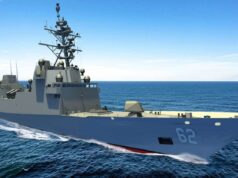
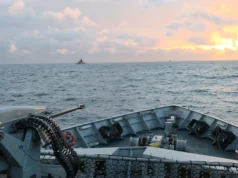

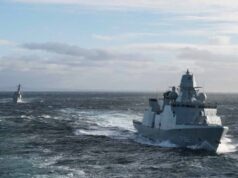
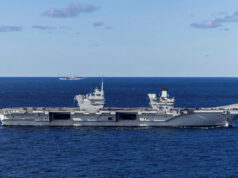
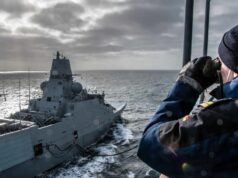
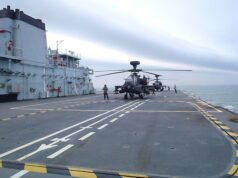


I been reading that the USN is looking at building only 4 Ford class carriers as they’re too expensive and may then switch to a 60-70k ton design. I believe a review of the USN future carrier strike capability is due this year.
They have looked at our QE class and are impressed.the design may fit the bill for them with design tweeks to suite I think.
They’d build them to the spec the QE’s should be from the first place (i.e catapults and a mix of E/A18 Growlers and F35C’s. Plus a fixed wing AWACS fleet. Such a shame the Royal Navy and Fleet Air Arm are missing a growing importance of electronic warfare aircraft. That aside, the QE class would be perfect for the USN, you could build 2.5 for the price of a Gerald R Ford. That’s 2 times more total displacement.
It would have to be heavily modified in order to fill USN requirements even for a small carrier. There are aspects of the QE class the USN likes and would probably be included if and when the USN designs a smaller CVN.
The decision point for award of the next US carrier is the 2027-2028 time frame. That’s a long time from now. There has been absolutely no discussion as to what that carrier will be and certainly no discussion about a 60-70K design. Nor has there been any discussion in US Navy circles of adopting the QE 2 design. In fact, there is an election coming up and Trump has just nominated a new Secretary of the Navy who will have his own views.
The Ford class carrier generates over 100 megawatts of electrical power, about three times the output of a Nimitz carrier. The US Navy is very cognizant that future weapons systems, such as lasers for defense of a carrier, require enormous amount of electrical power. I think that that will be a very significant, if not determing factor for any future US carrier.
I can only go on what I’ve read on the defense news web site. Which is there’s a study to be launched this year to look at the what the future could look like. Similar article was on another US military news site. So yes no discussion yet that will come once the study is completed. Both articles stated 4 Ford class carriers will be built meaning if and I say if a change in design was decided it wouldn’t be in production until 2032 when the 4th Ford class was delivered. The Ford class is formidable but costs 11.5 billion a hull.
pkcasimir, No disrespect to you but how do you know what has or has not been discussed by the US Navy and the US Secretary of the Navy?